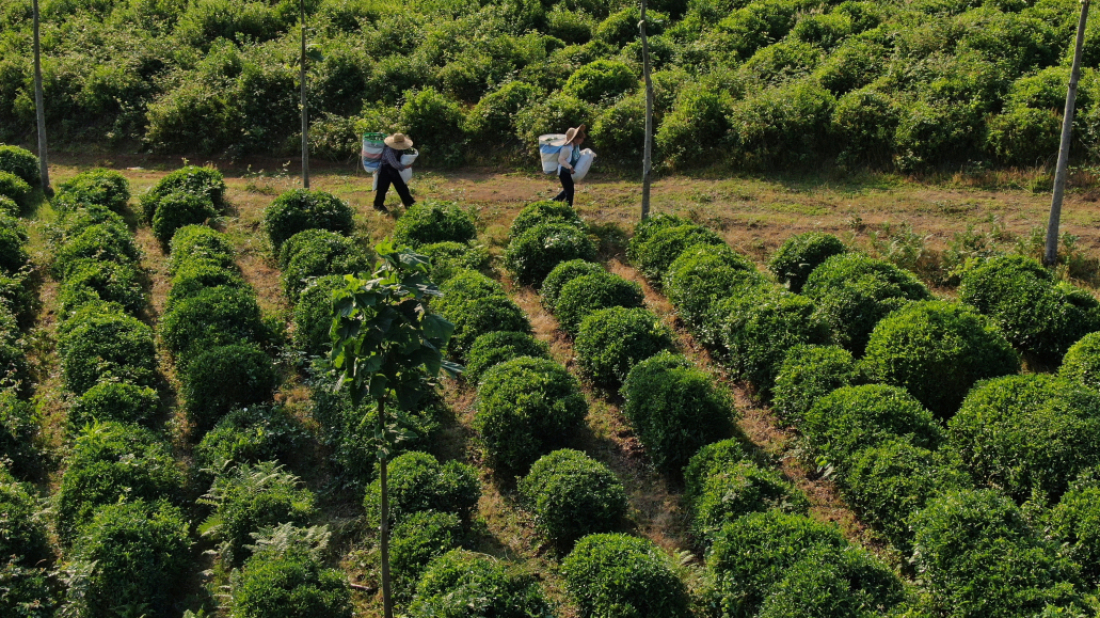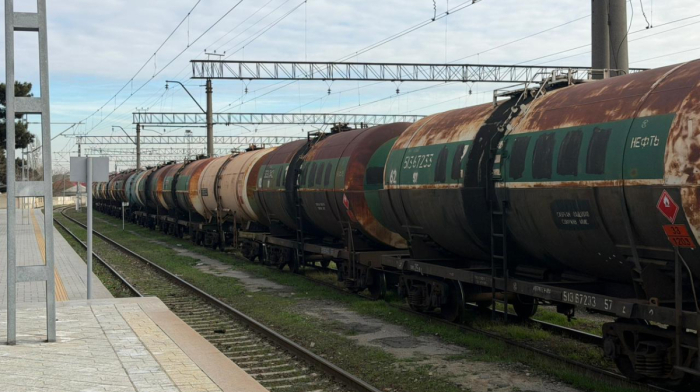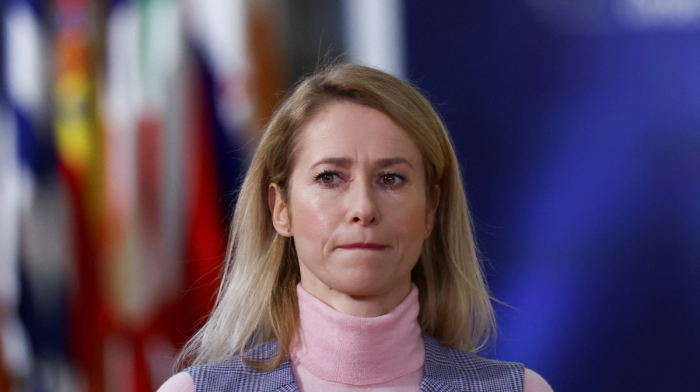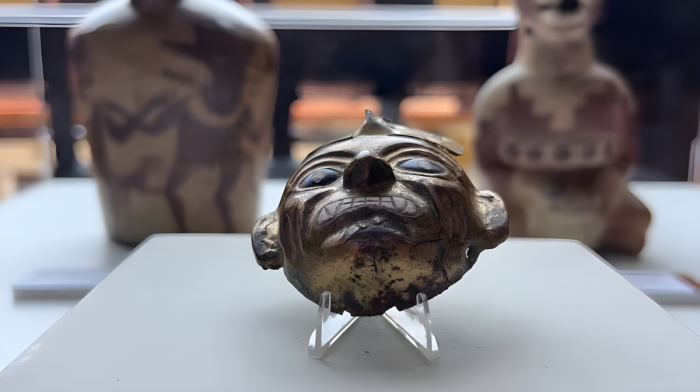When Lika Megreladze was a child, life in her native western Georgian region of Guria revolved around tea. Now the tea industry looks set to begin again after it fell into disrepair when independence was declared in 1991 after centuries of Russian rule.
Lika's mother worked for decades as a scientist at the Soviet Union’s Institute of Tea and Subtropical Crops in the village of Anaseuli, developing cultivation methods for a Georgian tea industry that once supplied most of the communist state’s brews.
“When I was a child, this was only my mum’s workplace. Only later I realised that it was something big,” Megreladze said.
Today, the institute is abandoned. Yellowed papers are scattered across its crumbling halls, and a toppled statue of Soviet founder Vladimir Lenin lies overgrown in the courtyard.
Across Guria’s subtropical hills, vast tea plantations have turned into wild thickets, and dozens of Soviet-era tea factories stand deserted.
Tea was introduced to Georgia in the early 20th century by a Chinese expert invited by Imperial Russian authorities. Guria’s hot, humid climate, stretching from the Caucasus mountains to the Black Sea, proved ideal for cultivation.
But independence in 1991, after two centuries of Russian rule, almost destroyed the industry. The collapse of the Soviet market exposed Georgian producers to cheaper Asian imports, while economic breakdown and a brief civil war in the early 1990s left tea factories without electricity and stripped for scrap metal.
By 2016, official figures showed Georgian tea production had fallen 99% from its 1985 peak.
“The institute collapsed because the Soviet Union collapsed,” said Megreladze, who now runs a guesthouse and grows a small tea plantation for visitors. “Georgia, a young country, could not save this huge industry.”
Now, more than three decades later, a handful of locals are trying to bring it back.
Ten years ago, Nika Sioridze and Baaka Babunashvili began rehabilitating derelict plantations with partial government funding. Their company, GreenGold Tea, is one of several reviving tea fields around Ozurgeti, Guria’s regional capital.
“For 40 years, nothing was happening here. Here was a jungle,” said Sioridze, standing in a wing of an abandoned Soviet silk factory where his company now processes its tea.
Soviet planners had prioritised quantity over quality, leaving Georgian tea with a poor reputation. Black tea bushes were machine-harvested, mixing old leaves and stems into the brew.
Now, producers aim to reinvent Georgian tea as a distinctive, high-quality product for local and European markets.
“We must be different from Chinese tea makers, Taiwanese tea makers,” Sioridze said. “Because Georgia is Georgia, and we need some niche to make our own tea.”

























What is your opinion on this topic?
Leave the first comment